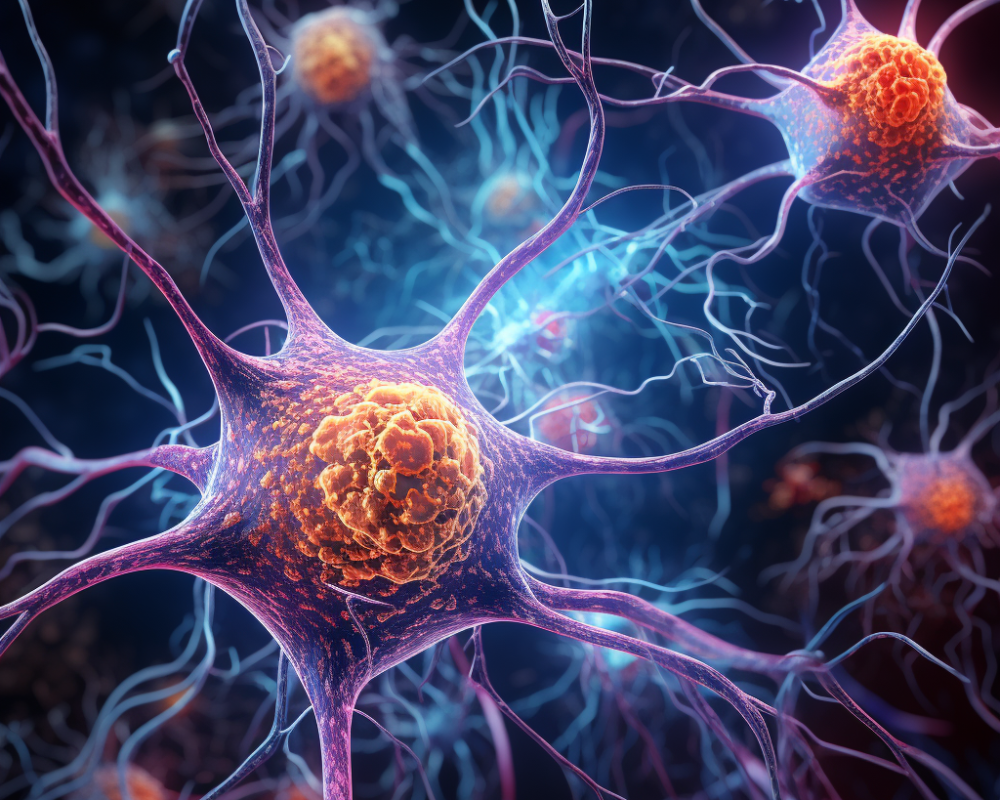Medical cannabis can reduce essential tremors by turning on overlooked cells in the central nervous system.
What is an essential tremor?
Essential Tremor (ET), referred to as Benign Tremor, Familial Tremor, and Idiopathic Tremor, is a medical condition that causes involuntary rhythmic contractions and relaxations (oscillations or twitching movements) in specific muscle groups in one or more body parts of unknown origin. Symmetry is often observed in its effects, which mostly affect the arms, hands, or fingers, but can also involve other body parts such as the head or vocal cords.
Essential tremor can either be an action tremor, which worsens when attempting voluntary movements like eating or writing, or a postural tremor that occurs with sustained muscle tension. This means that it is distinct from a resting tremor, such as that caused by Parkinson’s disease, which is not correlated with movement.
Cannabis and essential tremor
The topic of medical cannabis sparks a lot of debate, and there is still much to learn about it. However, researchers from the Department of Neuroscience at the Faculty of Health and Medical Sciences have identified its potential importance for future research and treatment in the medical field.
Cannabinoids are compounds found in cannabis and the central nervous system. Using a mouse model, the researchers have demonstrated that a specific synthetic cannabinoid (cannabinoid WIN55,212-2) reduces essential tremor by activating the support cells of the spinal cord and brain, known as astrocytes. Previous research into medical cannabis has focused on the nerve cells, the so-called neurons. The disease’s essential tremor causes involuntary shaking, which can be highly inhibitory and seriously reduce the patient’s quality of life. However, the cannabinoid might also have a beneficial effect on sclerosis and spinal cord injuries, for example, which also cause involuntary shaking.
The research discovered that an injection with the cannabinoid WIN55,212-2 into the spinal cord turns on the astrocytes in the spinal cord and prompts them to release the substance adenosine, subsequently reducing nerve activity and thus the undesired shaking.

Targeted treatment with no problematic side effects
That astrocytes are part of the explanation for the development of cannabis is an entirely new approach to understanding the medical impact of cannabis, and it may help improve the treatment of patients suffering from involuntary shaking.
The spinal cord is responsible for most of our movements. Both voluntary and spontaneous movements are triggered when the spinal cord’s motor neurons are activated. The motor neurons connect the spinal cord with the muscles, and each time a motor neuron sends impulses to the muscles, it leads to contraction and, thus, movement. Involuntary shaking occurs when the motor neurons send out conflicting signals at the same time. And that is why the researchers have focused on the spinal cord.
One might imagine a new approach to medical cannabis for shaking, where you—during the development of cannabis-based medicinal products—target the treatment either at the spinal cord or the astrocytes—or, at best, the astrocytes of the spinal cord. Using this approach will avoid affecting the neurons in the brain responsible for our memory and cognitive abilities, and we would be able to offer patients suffering from involuntary shaking effective treatment without exposing them to any of the most problematic side effects of medical cannabis.
The next step is to do clinical tests on patients suffering from essential tremors to determine whether the new approach has the same effect on humans.
The study, Spinal astroglial cannabinoid receptors control pathological tremor, has been published in Nature Neuroscience.
From the research conclusions:
Tremors caused by motor disorders resulting from injuries or neurodegenerative disease can be reduced by cannabinoids. This reduction is made possible by the cannabinoid receptors found on astrocytes located in the ventral horn of the spinal cord, which is responsible for initiating alternating limb movements. In a mouse model of essential tremor, the use of the cannabinoid analogue WIN55,212-2 via intrathecal injection resulted in a marked reduction in tremors. Electrophysiological recordings in spinal cord slices were used to investigate the underlying mechanism, which revealed that depolarised interneurons release endocannabinoids that activate astrocytic cannabinoid receptors. This action causes an increase in intracellular Ca2+, which leads to the release of purines and the inhibition of excitatory neurotransmission. Furthermore, the anti-tremor effects of WIN55,212-2 in the spinal cords of mice were shown to be suppressed when CB1 receptors in astrocytes were knocked out. These findings suggest that cannabinoids reduce tremors by acting on spinal astrocytes.
read more at Neurological Disorders: Ways Of Treating & Delaying Incurable Diseases
Want to experiment with quality CBD products?
MOYA recommends several products suitable for treating a variety of problems, it is worth taking a look at the store and learning our many products. For free advice and to select the right product for you – contact us


